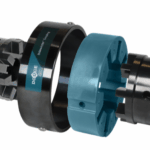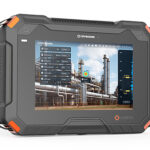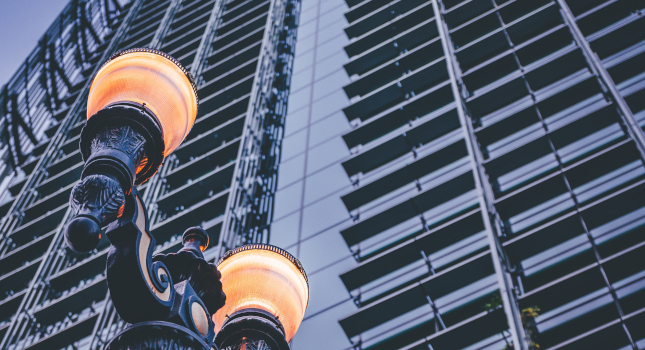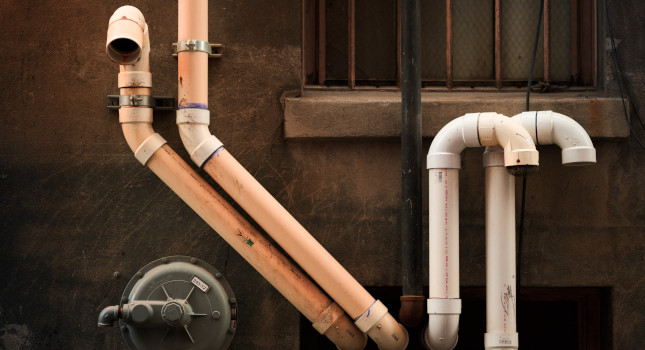Lighting
Lighting is an important consideration in industrial settings, as it can have a significant impact on both the safety and efficiency of the production process. When designing lighting systems for industrial settings, some key considerations that should be taken into account including safety, efficiency, quality of light, durability and flexibility. Designing and implementing effective lighting systems in industrial settings is important for improving the safety and efficiency of the production process, while also minimizing energy consumption and reducing costs.













